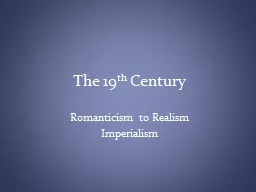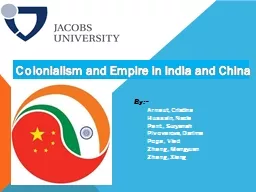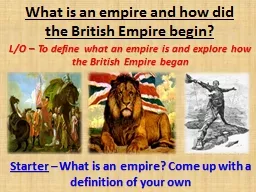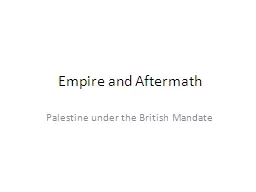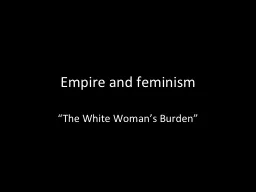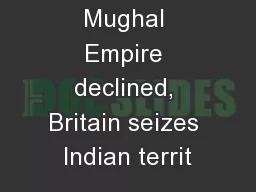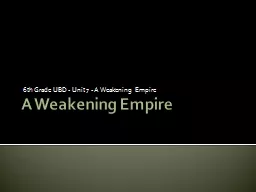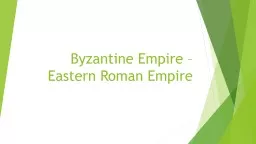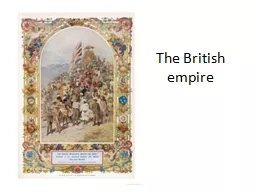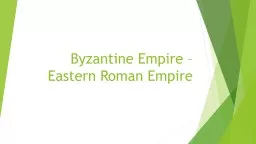PPT-The British Empire
Author : marina-yarberry | Published Date : 2016-11-23
in India AP World History Unit 5 India in the 18 th and early 19 th Century East India Company East India Company activity limited to coastal trading cities when
Presentation Embed Code
Download Presentation
Download Presentation The PPT/PDF document "The British Empire" is the property of its rightful owner. Permission is granted to download and print the materials on this website for personal, non-commercial use only, and to display it on your personal computer provided you do not modify the materials and that you retain all copyright notices contained in the materials. By downloading content from our website, you accept the terms of this agreement.
The British Empire: Transcript
Download Rules Of Document
"The British Empire"The content belongs to its owner. You may download and print it for personal use, without modification, and keep all copyright notices. By downloading, you agree to these terms.
Related Documents


